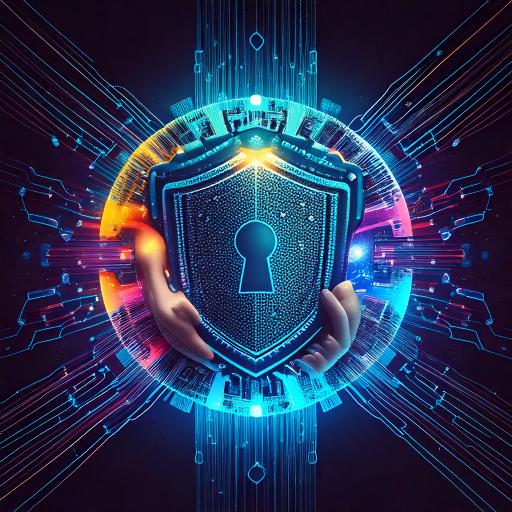Protecting Your Business in a Digital World
Cyberattacks aren’t just a big business problem anymore. Small and medium-sized businesses (SMBs) are facing increasing risks — often with fewer resources to defend themselves. In this blog series, we explore different perspectives from the Business Owner to the IT Manager, real life examples and what an SMB can do TODAY to protect themselves, without overwhelming your operations or your budget.

You’ve got tools in place. A firewall, endpoint protection, maybe even cyber insurance. But here’s the truth:
If your people don’t care, your tools won’t matter.
In today’s digital landscape, every employee is part of your security posture — from the CEO to the summer intern. For small and mid-sized businesses (SMBs), building a security-first culture is one of the most effective (and cost-efficient) ways to stay protected.
This post explores how to turn cybersecurity from a checklist item into a shared mindset — with practical steps for both business owners and IT managers.
🧱 Why Culture Matters More Than Tech Alone
Most cyber incidents don’t start with a brute-force attack. They start with:
- A link someone clicks in an email.
- A password reused across tools.
- A file uploaded to the wrong system.
Technology helps reduce risk — but humans are still the frontline, and their habits shape your real-world security.
Creating a culture of security means:
- People pause before clicking.
- They care about protecting company and customer data.
- They report suspicious activity instead of ignoring it.
And that’s something tools alone can’t automate.
👩💼 Business Owner Perspective: “Cybersecurity Isn’t My Job — But It’s My Responsibility.”
You don’t need to understand firewalls or encryption protocols to lead on cybersecurity. What you do need to do is:
- Set the tone from the top.
- Make cybersecurity part of company values.
- Empower your team to speak up about risks.
When leadership shows that security matters, it becomes part of the culture — not just the IT department’s job.
🧑💻 IT Manager Perspective: “I Can Set Up Systems, But I Need People to Use Them Right.”
IT teams can deploy the best security tools in the world — but if employees don’t follow best practices, those tools get bypassed or ignored.
Building a security-first culture gives IT:
- Allies across departments
- Fewer fires to fight
- A stronger case for ongoing investments
It also shifts the role of IT from enforcers to educators and enablers.
💡 Real-World Example: When Culture Saved the Day
At a 50-person architecture firm, an employee received a suspicious email claiming to be from the CEO requesting gift card purchases. But thanks to regular phishing awareness training and an open-door policy for reporting, the employee flagged the email immediately. It was a real attempted scam — and thanks to a culture of vigilance, no money was lost. The employee wasn’t a tech expert. But they were empowered to act — and that made all the difference.
✅ 7 Steps to Build a Security-First Culture in Your SMB
1. Make Cybersecurity Part of Your Onboarding
Train every new hire on password hygiene, phishing awareness, and reporting channels from day one.
2. Use Plain Language, Not Jargon
Your team doesn’t need to know how SSL certificates work — just what not to do online and how to spot risks.
3. Reward Good Security Behavior
Highlight employees who report phishing attempts or follow secure practices. Positive reinforcement works.
4. Offer Quick, Ongoing Training
Use short modules or quarterly refreshers to keep security top of mind. Bonus points for simulated phishing tests.
5. Make Reporting Easy and Judgement-Free
People won’t speak up if they fear blame. Create a safe, fast channel to report suspicious activity — and thank them for using it.
6. Involve Every Department
Security isn’t just an IT issue. Finance, HR, marketing — they all manage sensitive data and use digital tools daily.
7. Lead from the Top
When leadership participates in training and talks openly about cybersecurity, it signals that it’s a company-wide priority.
🛡️ Final Thoughts
Culture is your invisible shield. It can stop an attack before it starts — or turn a mistake into a teachable moment rather than a disaster.
For business owners: Cybersecurity is part of your brand integrity and customer promise.
For IT managers: Empowering users isn’t a risk — it’s your best defense.
In the end, every person in your business is part of your security team — whether they know it yet or not.
👉 Need help designing cybersecurity training or creating a simple security playbook your team will actually use?
We’re here to help you turn knowledge into action — and employees into your strongest security asset.

